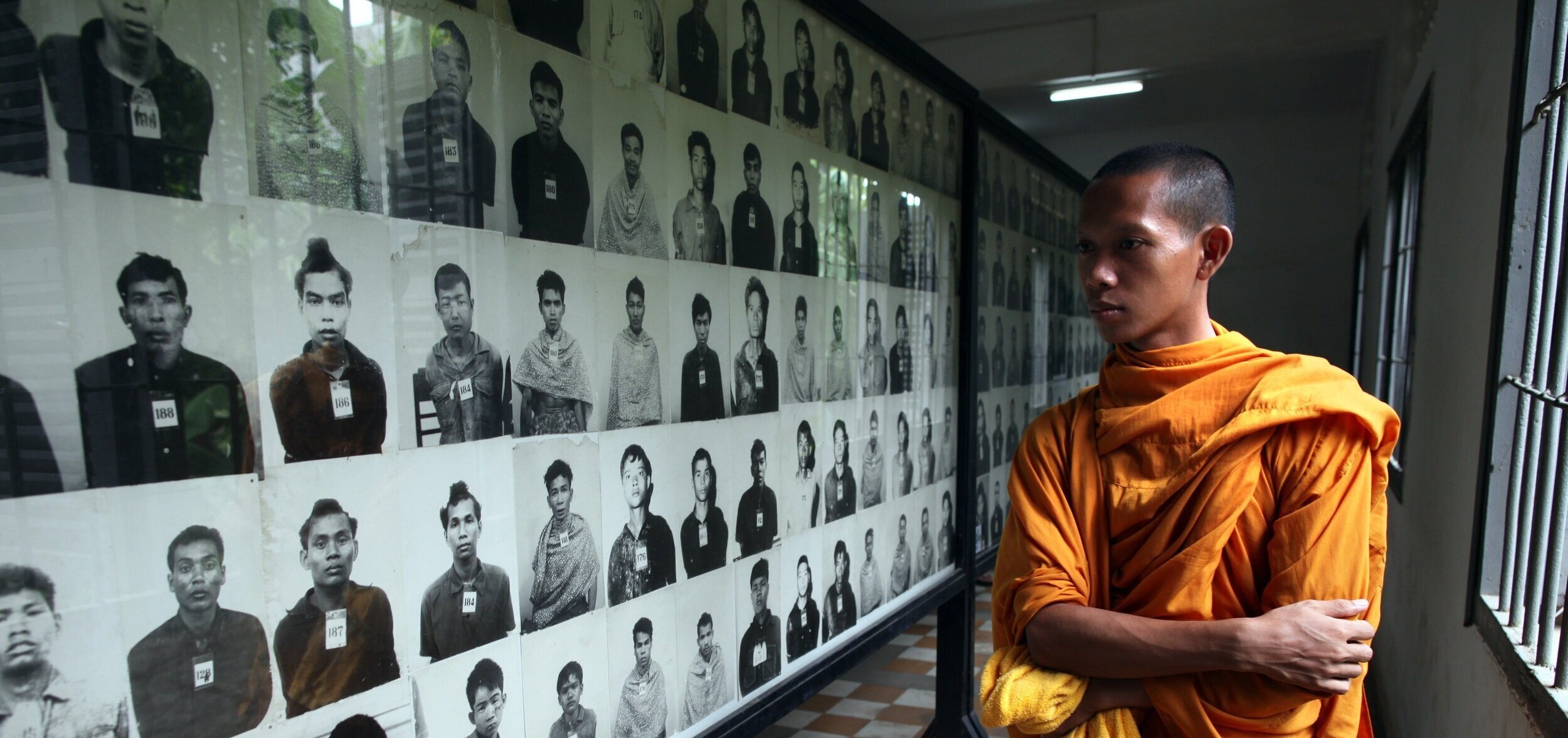
A research blog on genocide and mass atrocity prevention, transitional justice and the political dynamics of mass atrocity crimes.
The Role of Religious Leaders in Mass Atrocity Prevention
This post sheds light on the role of religious leaders in atrocity risk situations. While the role of non-state actors in crisis scenarios has gained considerable attention internationally, the specific contributions of religious leaders to atrocity prevention have been predominantly studied in the closely-related field of peacebuilding.
Freedom of Religion or Belief and the Responsibility to Protect
This blog entry explores the different manifestations of religion and belief systems in mass atrocity dynamics, and illustrates the relevance of R2P and atrocity prevention to the freedom of religion and belief (FoRB) agenda.
The Responsibility to Protect in a Digital Age
There is an “atrocity gap” in international human rights protection that needs to be closed for an effective application of R2P online as well as in the real world.
Freedom of religion or belief (FoRB) and the Rohingya
Many have identified FoRB as a political instrument that could help ease the crisis for the Rohingya. Such an emphasis on religious freedom may not be helpful.
Risk assessment and early warning systems
Several systems of risk assessment and early warning of mass atrocities exist, and atrocity crimes such as genocide and political mass violence rarely come as a complete surprise.




